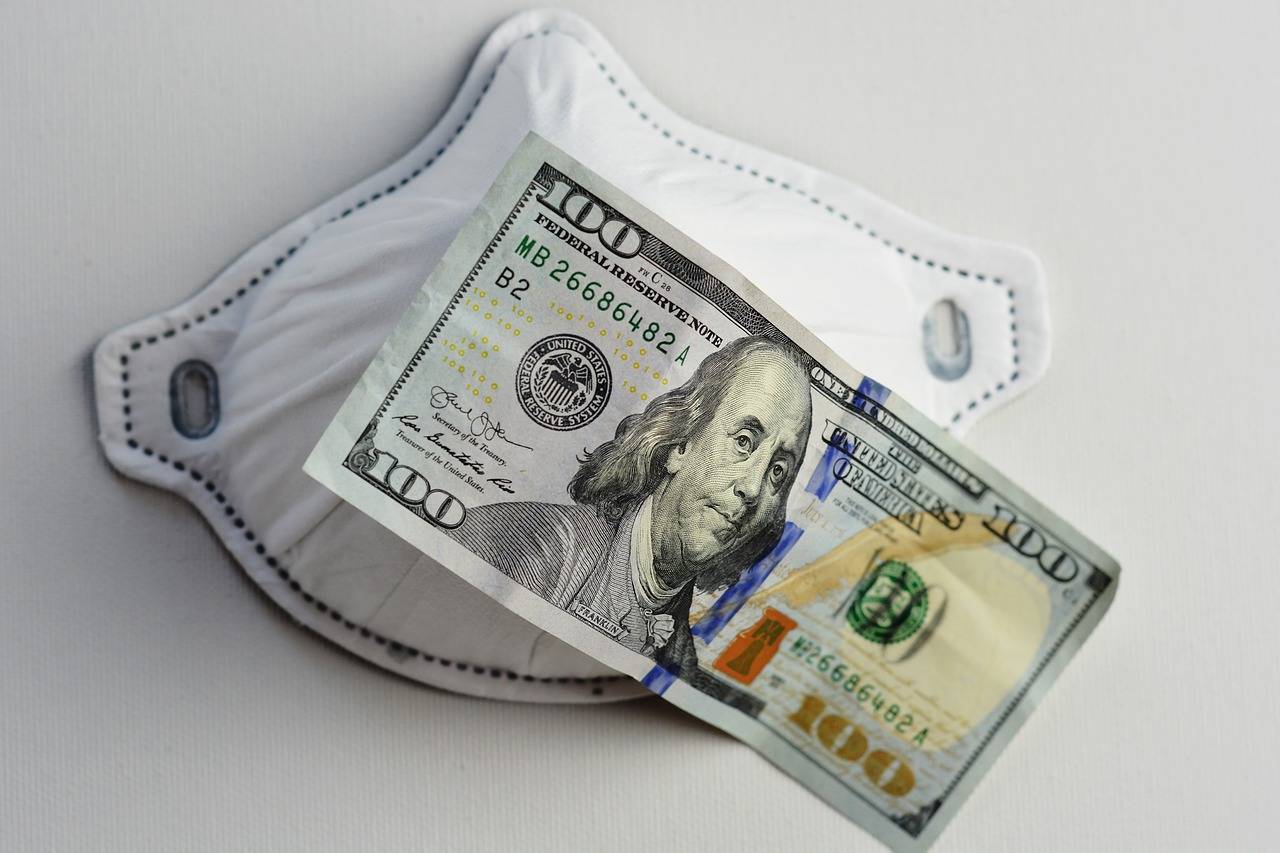Healthcare for People with Disabilities
Ensuring that healthcare facilities are accessible to all individuals, including those with disabilities, is crucial for providing equitable healthcare services. From wheelchair ramps at entrances to tactile signage for the visually impaired, accessibility features play a vital role in creating a welcoming environment for every patient. However, despite the importance of accessibility, many healthcare facilities still face challenges in fully accommodating the diverse needs of individuals with disabilities.
One common obstacle is the presence of architectural barriers that hinder the mobility of individuals with physical disabilities. Narrow hallways, high treatment tables, and lack of adequate parking spaces can pose significant challenges for patients with mobility impairments. Additionally, inaccessible medical equipment and technology can further limit the ability of individuals with disabilities to receive quality healthcare services. Addressing these physical barriers is essential for fostering a more inclusive and supportive healthcare environment.
Challenges Faced by People with Disabilities
People with disabilities often encounter numerous challenges when seeking healthcare services. One prevalent issue is the physical accessibility of healthcare facilities. Many clinics, hospitals, and medical offices lack the necessary accommodations, such as ramps, wide doorways, and accessible restrooms, making it difficult for individuals with mobility impairments to navigate these spaces independently.
Furthermore, people with disabilities may face communication barriers when interacting with healthcare providers. Limited availability of sign language interpreters, lack of written materials in alternative formats, and inadequate training of staff in disability awareness can hinder effective communication between patients and healthcare professionals. These challenges can result in misunderstandings, inadequate healthcare services, and ultimately impact the overall quality of care for individuals with disabilities.
What are some common challenges faced by people with disabilities in healthcare facilities?
Some common challenges include physical barriers to access, lack of accommodations for various disabilities, and limited availability of specialized equipment or services.
How can healthcare facilities improve accessibility for people with disabilities?
Healthcare facilities can improve accessibility by providing ramps, elevators, wider doorways, accessible parking, and trained staff to assist individuals with disabilities. Additionally, offering accessible information and communication tools can also enhance the healthcare experience for people with disabilities.
What are some strategies that individuals with disabilities can use to advocate for their needs in healthcare settings?
Individuals with disabilities can advocate for their needs by communicating openly and clearly with healthcare providers, bringing a support person to appointments, requesting accommodations in advance, and educating themselves on their rights under disability laws.
How can healthcare providers better accommodate the needs of patients with disabilities?
Healthcare providers can better accommodate the needs of patients with disabilities by receiving training on disability awareness, providing accessible communication options, offering flexible appointment scheduling, and ensuring that their facilities are physically accessible to all individuals.
Are there any laws or regulations in place to protect the rights of people with disabilities in healthcare settings?
Yes, there are laws such as the Americans with Disabilities Act (ADA) and the Rehabilitation Act of 1973 that protect the rights of people with disabilities in healthcare settings. These laws mandate equal access to healthcare services and prohibit discrimination based on disability.





